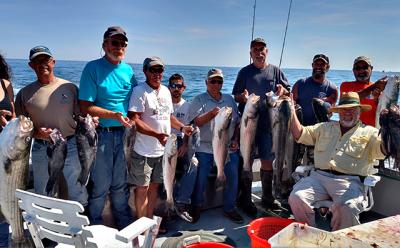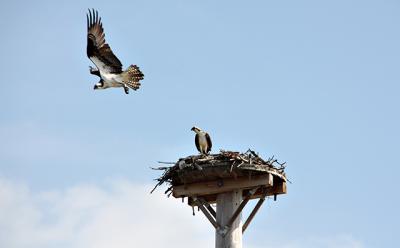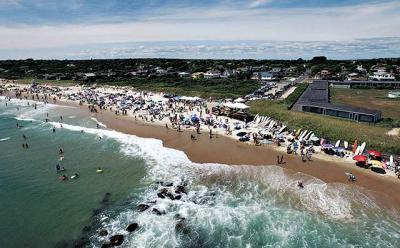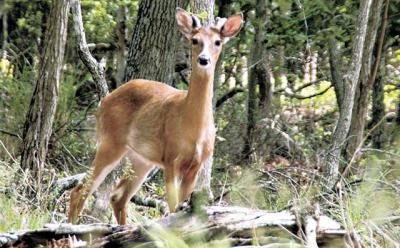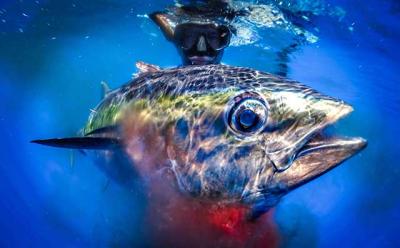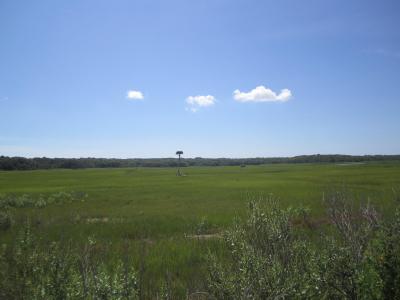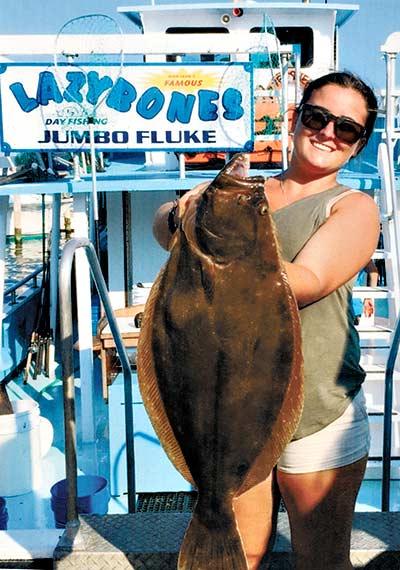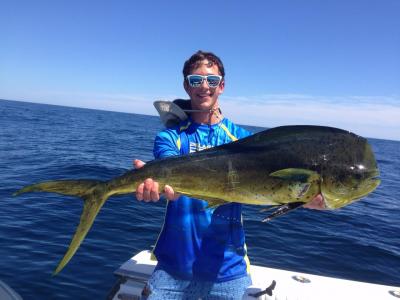Sustenance on the Sand
Sustenance on the Sand
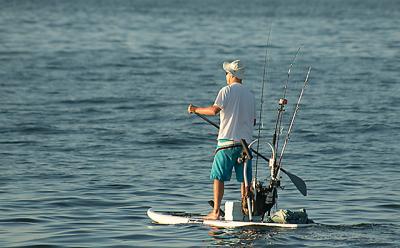
So, I’m standing at the beach with a late-summer visitor, an old friend, looking across Coke bottle-green waves to the horizon, and he says, “You’re so lucky.”
Lucky? Made me think. Sure, I’m lucky in the cosmic sense. I’m alive, in relatively good shape. But, he meant, I’m lucky to be living in Montauk. That’s true too, but it’s a different kind of lucky, like a magnet must feel stuck to the door of a refrigerator. I’m here because forces, seen and unseen, drew me here and required that I stay.
I looked around me that day. The smell of fresh oil paint was in the air. The itinerant painter was at it. He had his paintings on display against the fence, primitive beach scenes, and he was working on a new one. There was the surfer who owned her own landscaping business, the retired fireman and bow hunter who hosts a drum circle each week, the retired eye surgeon, the tall man with the flowing white beard who claims credit for every sunny day and believes the chamber of commerce should give him a stipend. The man with the successful catering business was checking the waves. They were all checking the waves.
Over on the bench was the man with the mind that’s slipping, with the incredible memory, who grew up here and remembers things I experienced that I forgot years ago. Down the beach a ways was a gathering of kids, the next generation of Ditch Plain “groms,” surfers, the children of surfers who will probably — like their parents — be the parents of surfers one day.
Some of these people are my good friends. Others are familiar, fellow magnets. We are stuck to this particular beach and return to it daily like breeding salmon, the steering wheels of our cars unable to pass Ditch Plain Road without turning just for a look at the sea, the waves. Park the car, stroll down to the beach, sit on a bench or one of the logs, take a walk, lie in the sand, get a cup of coffee at the Ditch Witch — get straight.
“Keep your head at the beach” is an old mantra, one that I was indeed lucky to have absorbed from my parents, for whom the beach was a sacred place. Both were from upstate New York, outdoor people, he a hunter, she a farm girl, neither comfortable inside the house. It didn’t matter the weather. We went to the beach every weekend, Jones Beach when I was a kid. The only other people walking in the snow along the boardwalk in winter seemed to be European. Is the need to be out in the wind and weather a cultural thing? I think so.
And, its appreciation is not something kids should have to wait for until the day they stand next to a friend and say, “You’re so lucky.”
There are the “important” things, school and career, but my visitor reminded me of my requirement for spiritual sustenance on a daily basis — a church, if you will — a place within reach, which rhymes with beach.

